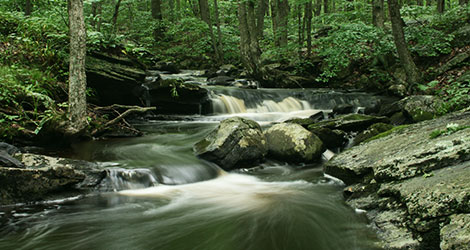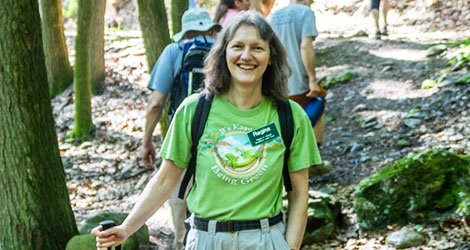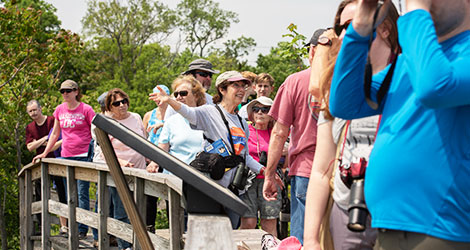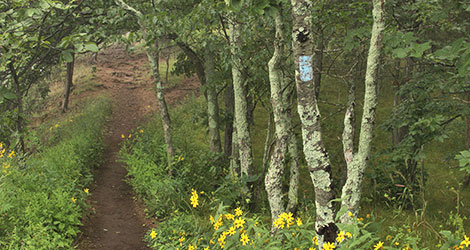Your reasons to support forest, park, and trail protection are likely very personal to you:
- You like to get outdoors to walk, run, or ride on recreational lands;
- You like wildlife and know that forested habitats provide them with homes;
- You would rather have a forest, park, or trail in your neighborhood than another home or development;
- You want to ensure that your private or public forest lands will be enjoyed by future generations; and/or
- You like clean water and air, and know the important role of forests in supporting those and other ecosystem benefits.
However, you may also find that information about the economic benefits of protecting forests, parks, and trails will help as you speak with Legislators, local decision-makers, or those who may be skeptical or undecided about why conservation is worthy of ongoing investment. The following should help:
- This 2020 study by the Bureau of Economic Analysis quantifies enormous economic benefits of outdoor recreation in Connecticut;
- This 2020 report reviews the contributions of the Forest Products Industry to Connecticut’s economy;
- This 2022 report covers the economic benefits related to urban forestry in CT, and includes a CT specific fact sheet;
- This 2015 report by the New England State Foresters presents the economic benefits of Connecticut’s forest-based economy (both public and private);
- This 2011 UConn economic study quantifies over $1 billion in annual revenue benefits, and support for over 9,000 jobs in Connecticut thanks to your State Parks and public lands (for every $1 spent on Parks, the state receives $38 in return);
- Here’s a summary statement on UConn’s economic study issued by DEEP
- Our friends at American Trails provide this webpage on positive impact of recreational trails on health, environment, economics, and more;
- Connecticut’s 2017-2022 SCORP (State Comprehensive Outdoor Recreation Plan) provides great survey data on the public demand for outdoor recreation in Connecticut; and
- A chapter on the Benefits of Trees including ecosystem, economic, and other benefits (excerpted from the 2012 State Vegetation Management Task Force report).




